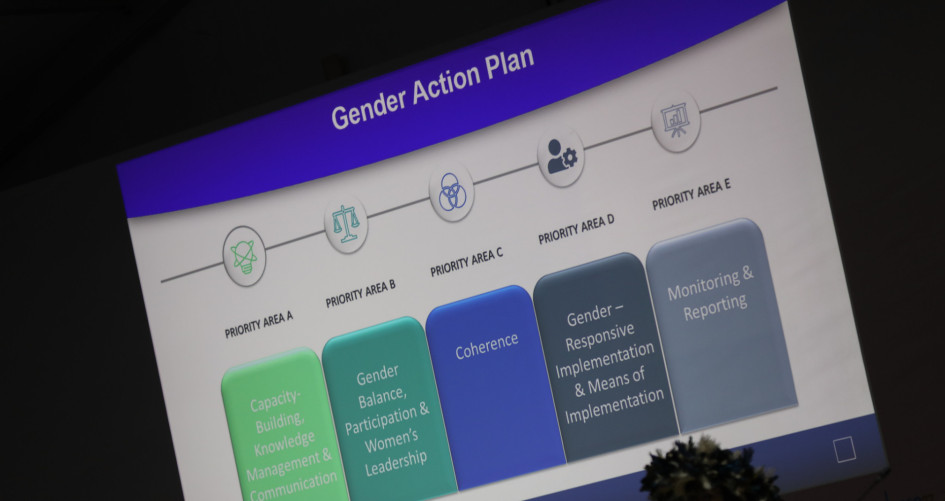Enhanced LWPG and its GAP
At COP 25, Parties agreed a 5-year enhanced Lima work programme on gender and its gender action plan (Decision 3/CP.25), which was amended as a result of the intermediate review of the implementation of the gender action plan, at COP 27 (Decision 24/CP.27).
Following the process for the final review defined at COP 28 (Decision 15/CP.28), at COP 29 Parties concluded the review of the enhanced Lima work programme on gender and extended it for 10 years (Draft Decision -/CP.29).
The development of the new gender action plan will begin at SB 62 (June 2025), with a view to recommending a draft decision for consideration and adoption at COP 30 (November 2025). At SB 62, Parties and observers will come together to discuss the design, including the structure and content of the activities in the new gender action plan at an in-session workshop. A call for submissions related to the workshop is open until 31 March 2025.
COP 29 also decided that other in-person or hybrid technical workshops on the topic may be held during 2025 in conjunction with existing events, such as the regional climate weeks. Parties that are interested in hosting additional technical workshops on the topic during 2025 are to send an expression of interest to the Chair of the SBI.
The development of a new gender action plan will take into account the inputs to and outcome of the review of the enhanced Lima work programme on gender and its gender action plan in 2024, including the synthesis report on submissions, and the workshops referred to above.
For details on the call for submissions, please visit the review webpage
GAP priority areas
The enhanced gender action plan sets out objectives and activities under five priority areas that aim to advance knowledge and understanding of gender-responsive climate action and its coherent mainstreaming in the implementation of the UNFCCC and the work of Parties, the secretariat, United Nations entities and all stakeholders at all levels, as well as women’s full, equal and meaningful participation in the UNFCCC process.
In 2025, the Subsidiary Body for Implementation will initiate the development of a new gender action plan (Draft Decision -/CP.29).

